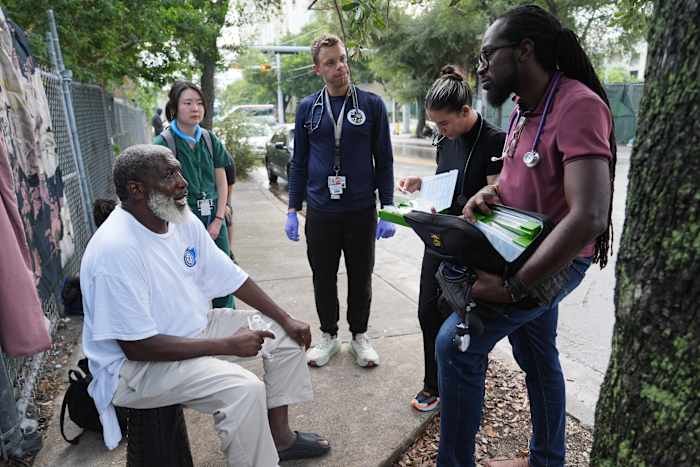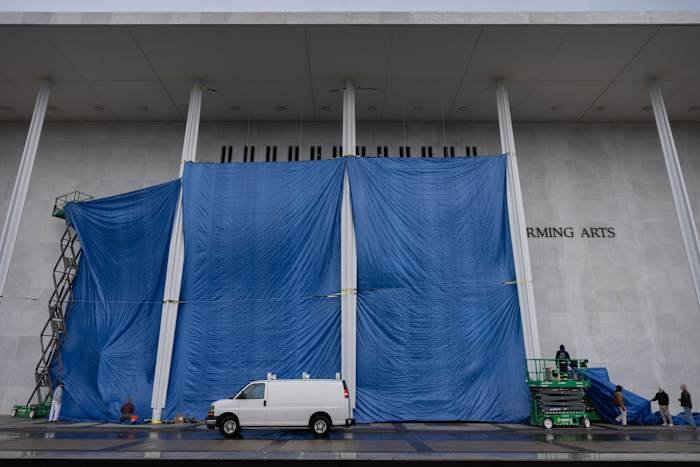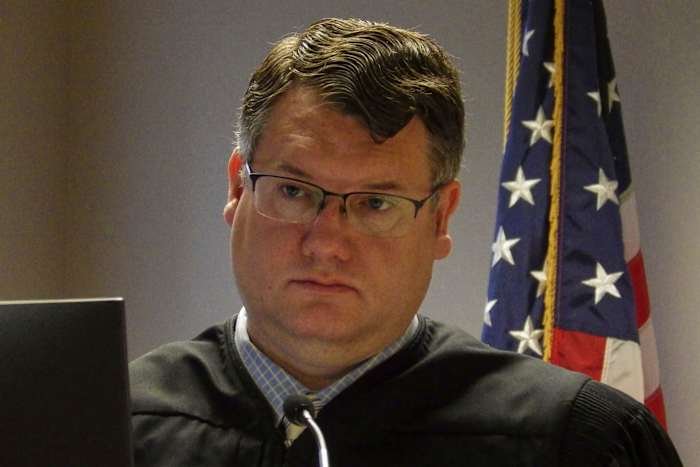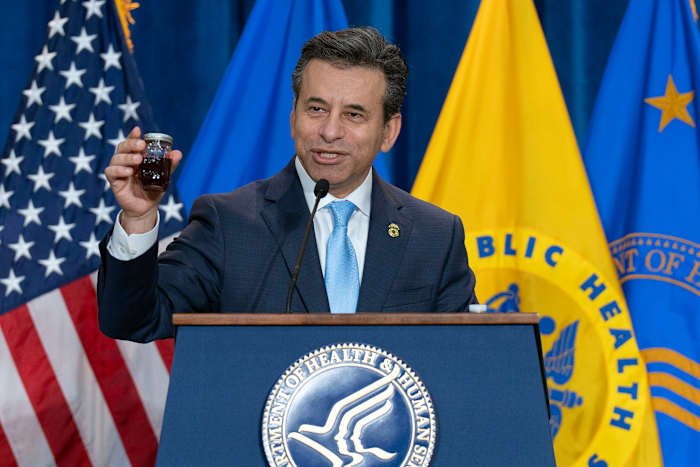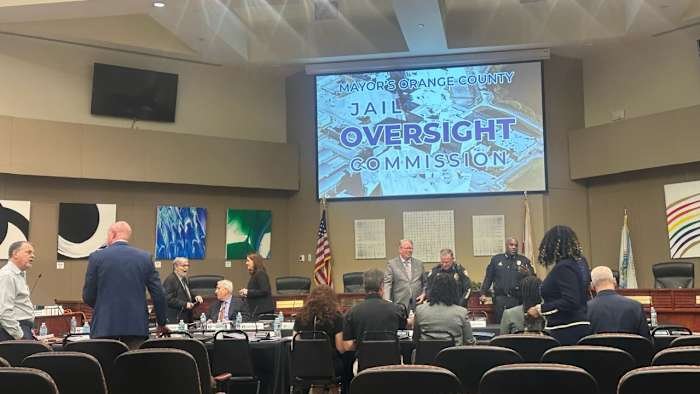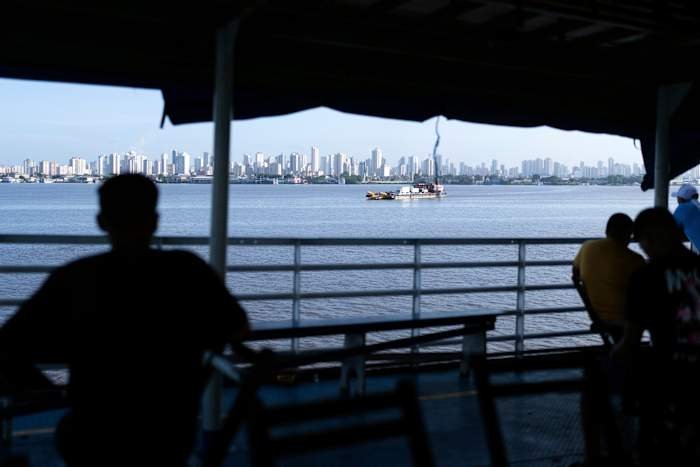Every day in Florida, countless individuals experience homelessness, facing not just the absence of shelter but also limited access to vital health care services. Emergency rooms (ERs) become a last resort for medical attention—an approach that is costly and often ineffective for addressing long-term health needs. In Miami, a pioneering nonprofit is tackling this challenge by bringing medical care directly to people where they live, reducing ER visits and improving lives. As Orlando grapples with similar issues, this model offers valuable lessons and inspiration for our city.
Understanding the Health Care Gap for the Homeless
People experiencing homelessness often struggle with chronic illnesses, mental health conditions, and substance use disorders. Without regular access to health care, minor problems can quickly escalate to emergencies. In Orlando, like in Miami, this puts immense pressure on local hospitals and emergency services—resources that are already stretched thin.
According to the National Alliance to End Homelessness, thousands of Floridians lack permanent housing on any given night. In Central Florida, the Orlando Homeless Services Network has reported rising demand for both shelter and medical care. Without innovative solutions, the cycle of ER visits, hospital discharges, and returns to the street can seem unbreakable.
The Miami Model: Health Care Where It’s Needed Most
In Miami, a nonprofit group called Camillus Health Concern is taking a different approach. Instead of waiting for patients to come to clinics or hospitals, their outreach teams bring medical care directly to homeless encampments, shelters, and streets. Armed with backpacks full of medical supplies, these professionals offer check-ups, medications, wound care, vaccinations, and connections to mental health resources.
This “street medicine” model addresses the unique barriers homeless individuals face—lack of transportation, mistrust of institutions, and the daily struggle for survival. By treating patients where they are, Camillus Health Concern ensures that care is consistent, compassionate, and tailored to individual needs.
In just the last year, the organization has reported a significant drop in ER visits and hospitalizations among their patients. This not only improves health outcomes, but also saves taxpayer dollars and relieves pressure on Miami’s already overburdened hospitals.
Impact Beyond Miami: Lessons for Orlando
While this program is rooted in Miami, its impact resonates across Florida—including here in Orlando. With a growing homeless population and overwhelmed emergency rooms, our city faces many of the same challenges. Local organizations like Health Care Center for the Homeless have already begun implementing similar outreach strategies, but there is room to expand these efforts.
The success of Camillus Health Concern shows that meeting people where they are is not only compassionate, but also practical. By investing in mobile clinics, street outreach teams, and partnerships between health care providers and social service agencies, Orlando can reduce ER visits, improve public health, and create a more humane response to homelessness.
Moreover, this model fosters trust and builds relationships—essential elements in encouraging individuals to take the first steps toward stable housing and long-term wellness.
Challenges and Opportunities for Central Florida
Implementing a street medicine approach in Orlando is not without its obstacles. Funding remains a persistent challenge, as does the need for trained staff willing to work in difficult environments. Additionally, coordination between hospitals, shelters, and outreach teams is crucial to ensure no one falls through the cracks.
Yet, the potential benefits are substantial. By reducing unnecessary ER visits, the city can allocate resources more efficiently, improve the quality of care, and ultimately help more people transition out of homelessness. Local government, philanthropists, and community members all have a role to play in supporting these innovative programs.
Stories from Miami underscore the importance of collaboration and persistence. With the right investments, Orlando can build upon these successes and create a model of care that truly meets the needs of our most vulnerable neighbors.
Looking Ahead: A Healthier Future for All
As Miami’s nonprofit health care outreach continues to demonstrate positive results, the ripple effects can already be felt throughout Florida. For Orlando, adopting similar strategies could mark a turning point in addressing both homelessness and the strain on emergency medical services.
By embracing a model that prioritizes dignity, accessibility, and proactive care, our city has the opportunity to lead the way in public health innovation. The journey is not without challenges, but the potential rewards—in lives improved and systems transformed—are well worth the effort.
What do you think? Should Orlando invest more in bringing health care to the homeless where they live? Have you seen these programs in action? Share your thoughts and experiences in the comments below!

